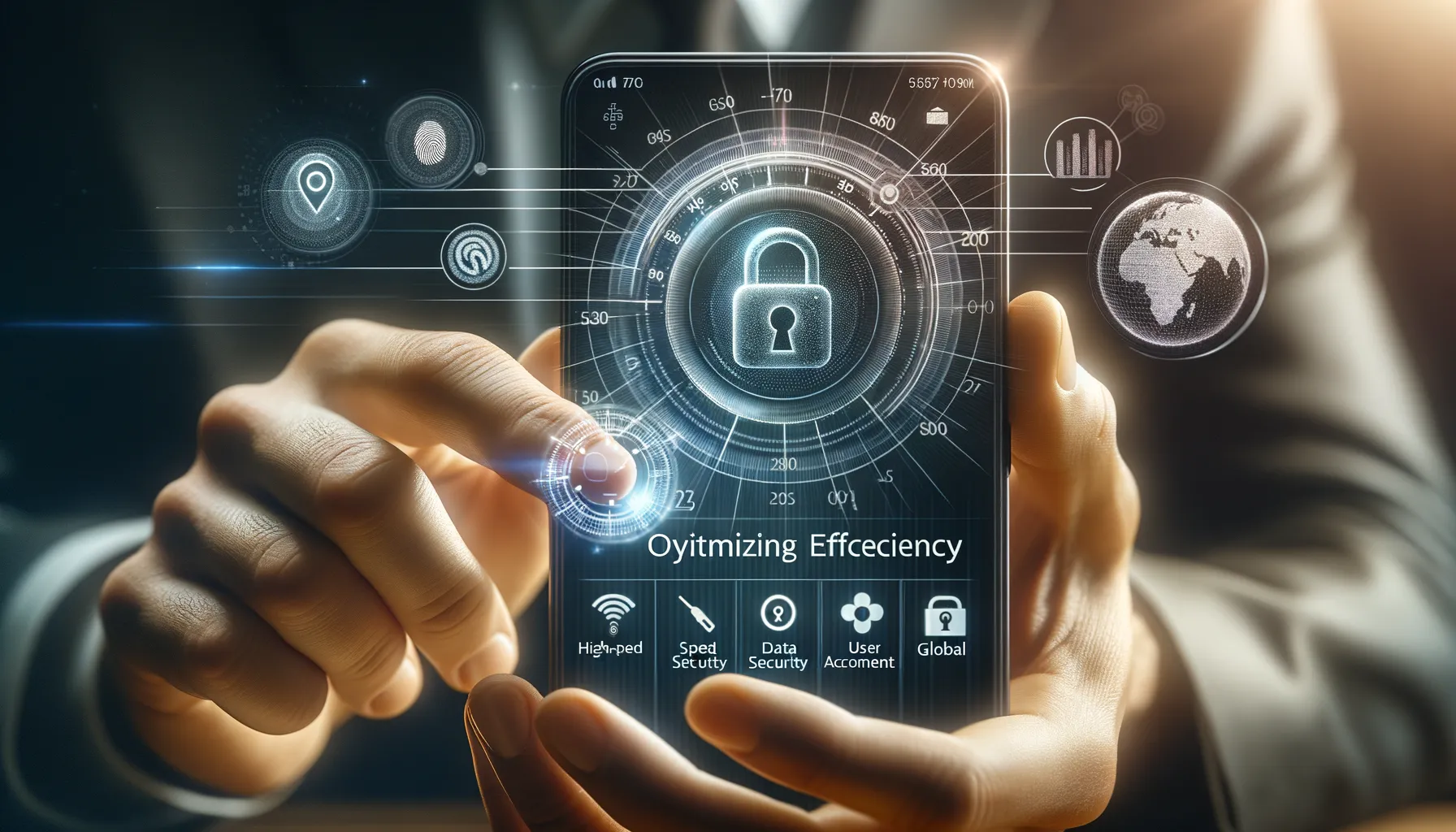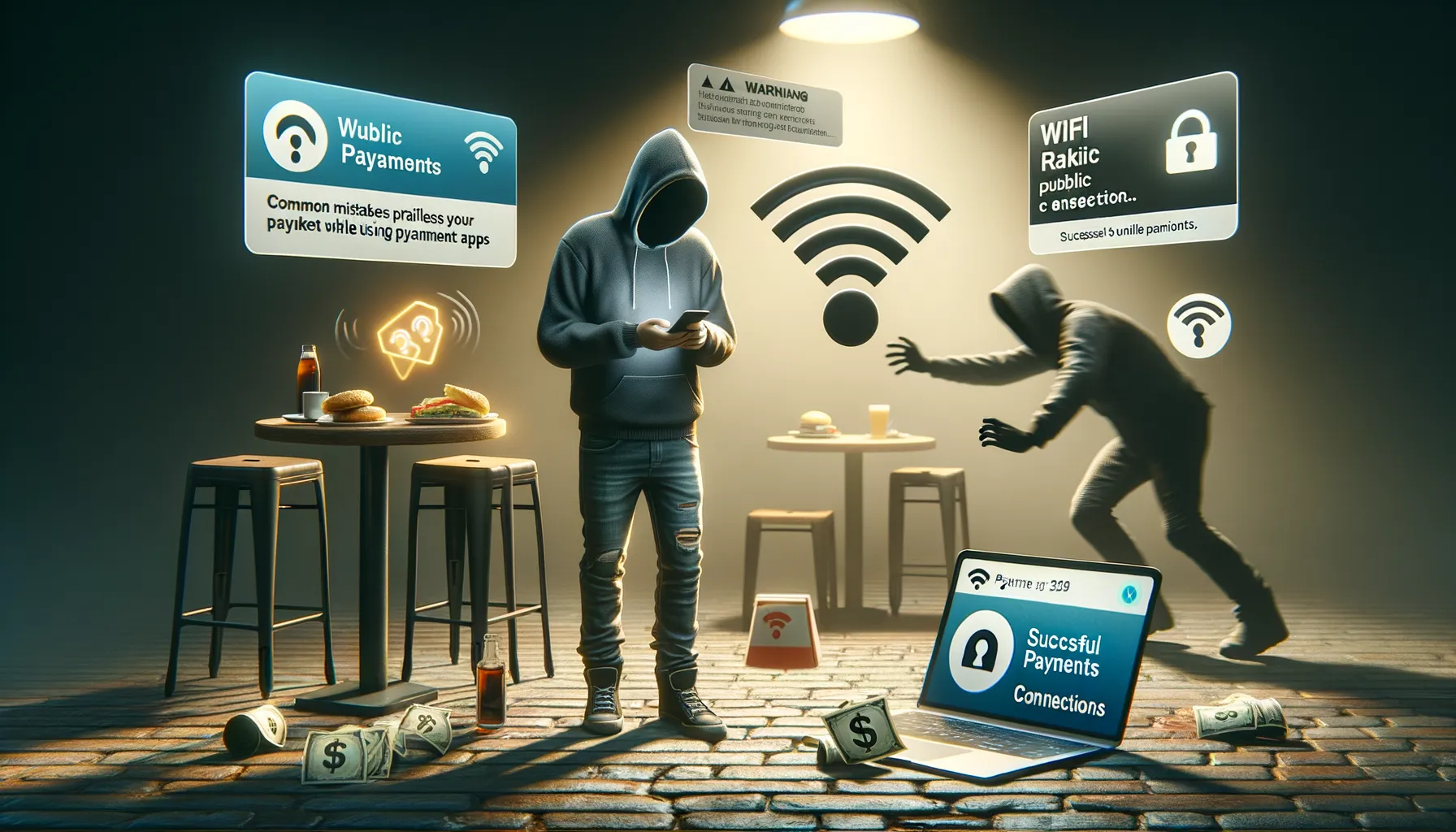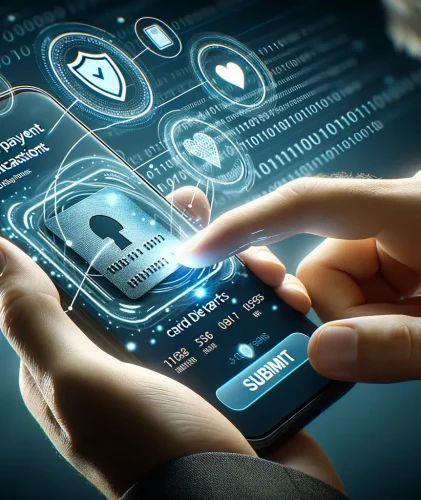Understanding the Basics of Mobile Payment Apps
Imagine walking into your favorite coffee shop, skipping the long line, and paying for your latte with just a tap on your phone. Sounds magical, doesn’t it? That’s the beauty of mobile payment apps—convenience at your fingertips. But before you dive in, understanding how these apps work can feel like untangling holiday lights. Let’s break it down together.
How Do These Apps Actually Work?
At their core, mobile payment apps like Apple Pay, Google Wallet, or Venmo use technology to connect your money to your purchases. Some rely on Near Field Communication (NFC) to let you pay by simply holding your phone near a store terminal. Others focus on peer-to-peer transactions, making splitting dinner bills with friends a breeze. In most cases, even your fingerprint or face scan becomes your password!
The Buzzwords You Should Know
- Tokenization: Your card details aren’t shown during a transaction—it’s like sending a secret code instead.
- QR Codes: Those funny little squares you scan for instant payment. Efficient and surprisingly fun!
- Digital Wallets: Think of these as the high-tech cousins of your leather wallet—they hold cards, coupons, and even tickets.
Picture this: no more fumbling for loose cash or digging through your wallet. Mobile payment apps bring convenience to your day, but knowing how they function is your first step toward using them safely and confidently. After all, your money deserves some tech-savvy love!
Ensuring Security When Using Mobile Payment Apps

Stay One Step Ahead of Potential Threats
When it comes to using mobile payment apps, think of yourself as a digital bodyguard—your job is to guard your sensitive financial information like it’s a prized possession. Start by double-checking that the app you’re using is from a trusted developer. The last thing you want is to accidentally download a knock-off version that looks legit but has phishing written all over it.
Speaking of protecting your info, have you enabled two-factor authentication (2FA) yet? If not, do it ASAP. This adds an extra layer of security so even if someone guesses your password, they’re stuck at the gate. Here’s a quick checklist you can follow:
- Use a strong, unique password (skip the predictable “123456” or your dog’s name).
- Never reuse passwords between apps—yes, that means no shortcuts!
- Enable biometric login if your phone supports it—think fingerprint or facial recognition.
Think Before You Click
Picture this: you get a text claiming there’s an issue with your payment app, urging you to click on a link. Before you panic and tap “open,” pause for a second. This could be a classic phishing attempt. Always verify messages through the app itself instead of any random link.
Also, avoid connecting to public Wi-Fi when using these apps—it’s like announcing your private banking details in a crowded coffee shop. If you must connect, use a VPN to encrypt your data.
And the golden rule? Keep your app updated! Those updates aren’t optional; they’re shields developers create to fix vulnerabilities hackers are waiting to exploit. Think of them as a necessary pit stop to keep your digital wallet road-safe.
Optimizing Efficiency in Mobile Payments

Streamlining Your Mobile Payment Experience
Efficiency in mobile payments is like a well-oiled machine—it saves time, reduces hassle, and lets you focus on the things that truly matter. But let’s face it, juggling app options or fumbling mid-checkout can feel like trying to find your car keys in a cluttered bag. How do you step up your game?
First, pick the app that clicks with your lifestyle. For example, if you find yourself at coffee shops more often than your couch, apps like Apple Pay or Google Wallet might be golden since they sync so smoothly with retail terminals.
Here are some practical tips to supercharge your payment flow:
- Enable biometric authentication (like Face ID or fingerprint). It’s both secure and wicked fast—no PIN fumbles required.
- Organize your cards: Prioritize frequently used ones at the top of your wallet for just a single swipe or tap.
- Activate low-balance alerts for quick top-ups without delays.
Time is precious—why waste it waiting for a slow-loading app? Keep your mobile payment app updated regularly; those updates often come with performance boosts. And don’t underestimate the power of a strong internet connection—nothing kills efficiency like staring at a frozen “Processing…” screen!
Think Smart, Tap Smarter
Ready to master the art of mobile payments? Use QR codes for split bills or shared purchases. Apps like Venmo and Cash App make splitting costs with friends ridiculously seamless. Pro tip: Pre-save frequent recipients so sending rent money or reimbursing for your portion of pizza night happens in seconds.
Lastly, embrace shortcuts. Some apps allow voice commands or widgets directly on your home screen. Imagine saying, “Send $10 to Jamie” and watching it happen instantly—like magic at your fingertips!
Common Mistakes to Avoid While Using Mobile Payment Apps

Overlooking App Permissions and Updates
Picture this: you’re about to pay for your favorite latte, but your app is slower than a sloth on a lazy afternoon. Why? You probably skipped that boring app update! Many people forget to check app permissions or delay updates, not realizing these actions can leave you exposed to security risks or make the app glitchy.
When installing or updating your mobile payment app, don’t hastily tap “agree” to everything in sight. Keep an eye out for unnecessary permissions—does your payment app really need access to your camera when you’re not scanning anything? Denying non-essential permissions keeps your personal data more private.
Falling for Familiar Traps
We’ve all been there—rushing through our day and making quick decisions. But here’s where you need to slow down:
- Beware of public Wi-Fi! Logging into your payment app at the café might seem harmless, but unsecured networks are playgrounds for hackers.
- Avoid using weak passwords like “123456” or “password.” Yes, we see you! Opt for strong combinations with symbols, numbers, and uppercase letters.
- Double-check recipient details before hitting “Send.” Sending money to the wrong person can be a headache to resolve.
A mobile payment app is like a fast, shiny car—safe in skilled hands but risky if used recklessly!
Future Trends and Innovations in Mobile Payment Technology

The Race Toward Smarter Payment Solutions
Imagine a world where you pay for your coffee simply by smiling at your phone or walking out of a store without pulling out your wallet. This isn’t just a scene from a sci-fi movie—future trends in mobile payment technology are reshaping how we interact with finances. One exciting innovation is the rise of **biometric authentication**. Gone will be the days of fumbling with PINs and passwords; instead, your face, voice, or even heartbeat could securely authorize transactions.
But it gets better. Have you heard of **contactless wearables**? Think sleek smartwatches, futuristic rings, or even clothing that handles payments discreetly. Forget carrying your phone entirely—your jacket might one day foot the bill.
- AI-powered expense tracking: Your mobile app will act as your personal financial advisor.
- Blockchain-backed payments: Providing unparalleled transparency and security.
A Seamless Blend of Augmented Reality and Payments
Picture this: you’re shopping online using augmented reality (AR) to “try on” clothes virtually. With AR-integrated payment systems, you’ll make purchases instantly, merging exploration with action. And let’s not overlook **voice commerce**, where your virtual assistant does the shopping while you relax. No clicks. No swipes. Just effortless transactions, the way we’ve always dreamed.
The future of payments isn’t just convenient—it’s downright magical.

